Access to EMTP user presentations, webinars, and slide deck presentations.
page 1 of 1
3 presentations for Overvoltage Protection:
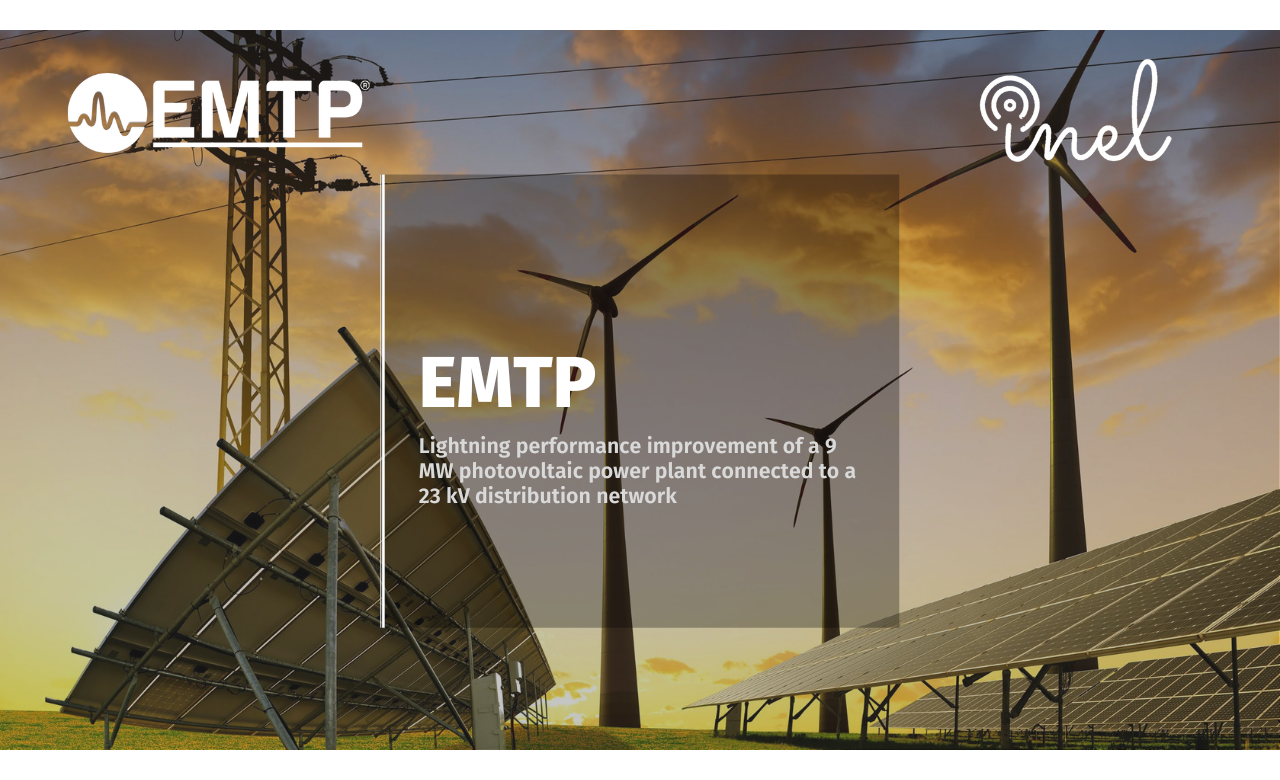
Author(s): Luis Rodriguez
Type:Technical Presentation
Downloaded: 0
Date: 2023-04-01
Lightning Performance Improvement of a 9 MW Photovoltaic Power Plant Connected to a 23 kV Distribution Network892
Abstract
Lightning is one of the main electric hazards a photovoltaic is subjected to. This is due to the large collection area of the plant itself and to the incoming electric lines connected to the plant. Th... see moree main purpose of this paper is to investigate in what cases LV/MV step-up transformers of the PV farm must be protected against overvoltages after a potential lightning strike event. This paper stabilises the lightning assessment simulation process by implementing a computer-based model in EMTP® based on the real engineering design of a 9MW PV plant connected to a 23 kV distribution grid in Chile.
Tag(s): Lightning Photovoltaic, Overvoltage Protection, Step-Up Transformer, Simulation
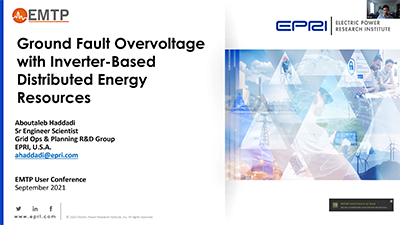
Ground Fault Overvoltage with Inverter-Based Distributed Energy Resources841
Abstract
A Ground Fault Overvoltage (GFO) can occur in situations where an ungrounded transmission line and associated ungrounded transmission equipment is energized from distribution connected Distributed En... see moreergy Resource (DER) during a transmission single-phase-to-ground (SLG) fault. The condition could result in 1.73 pu overvoltage on phase to ground connected equipment which will be sustained until the DER ceases to energize the substation distribution transformer. Transmission equipment on the isolated circuit will be subjected to the above phase to ground overvoltage, also if there is frequency shift, the isolating transmission circuit breakers could potentially see up to 2.73 pu phase to ground overvoltage. Such an overvoltage can cause damage to customer or utility equipment and must be avoided. GFO concerns are already becoming a barrier to large-scale DER deployment either by posing low hosting capacity or by necessitating installation of costly mitigation equipment. Utilities need to study GFO risks and identify low-cost mitigation options to enable large-scale DER deployment. Given the fundamental differences in mechanisms and phenomena driving a GFO under DERs, classical GFO analysis methods do not apply to inverters, and advanced simulation methods and tools are required.
This presentation highlights EPRI’s work on GFO analysis, concerns, and evaluation of mitigation options using EMTP. The objective is to determine if or when high DER penetration presents a GFO problem and how to prioritize the mitigation and equipment evaluation. This includes evaluating the impact lightning arresters can have in reducing or clamping the overvoltage, the application and performance of high voltage substation overvoltage protection, and DER on-board voltage/frequency protection. The presentation further provides modeling recommendations for such a study using EMTP. As DER deployment increases, utilities will need to perform similar analysis to identify potential overvoltage risks and develop low-cost mitigation methods. This work provides a basis for such a study.
Tag(s): gfov, tov, ibr, DER, inverter, islanding, load rejection, inverter based resources
STATCOM Integration into a DFIG-based Wind Park and its impact on WP HVRT capability753
Abstract
<p>This presentation presents a research on static synchronous compensator (STATCOM) integration into a doubly-fed induction generator (DFIG) based wind park (WP) in order to fulfill the... see more grid code requirement for power factor control. The STATCOM impact on the WP high voltage ride-through (HVRT) capability is also analysed.</p><p>The WP HVRT capability is assessed by analyzing the responses to a parametric voltage waveform. The external system is represented by a Thevenin equivalent. The pre-described voltage waveforms are applied to the Thevenin source in order to assess the conformity of the HVRT capability to Hydro-Quebec specifications. An actual WP is considered where the simulation model includes all details regarding collector grid and overvoltage protection. The simulations consider various wind turbine (WT) and medium voltage (MV) feeder outage scenarios as well as STATCOM usage for reactive power compensation. A transient function is also proposed for the STATCOM to improve the WP HVRT capability. The simulation results demonstrate that, STATCOM usage provides a noticeable improvement in HVRT capability of the WP, especially with the proposed transient function.</p>
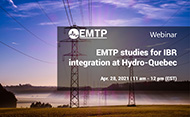
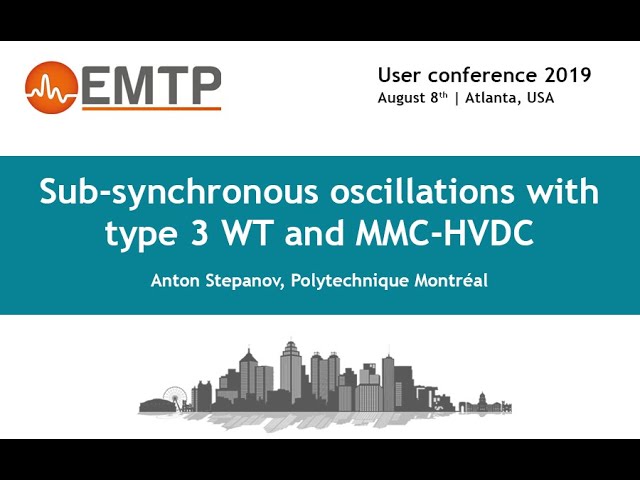
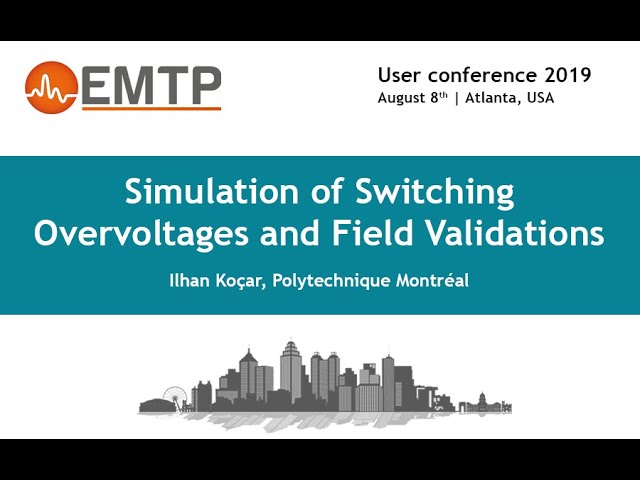
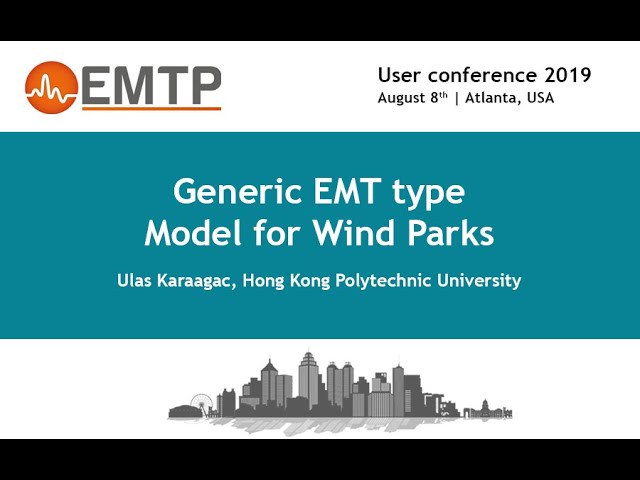
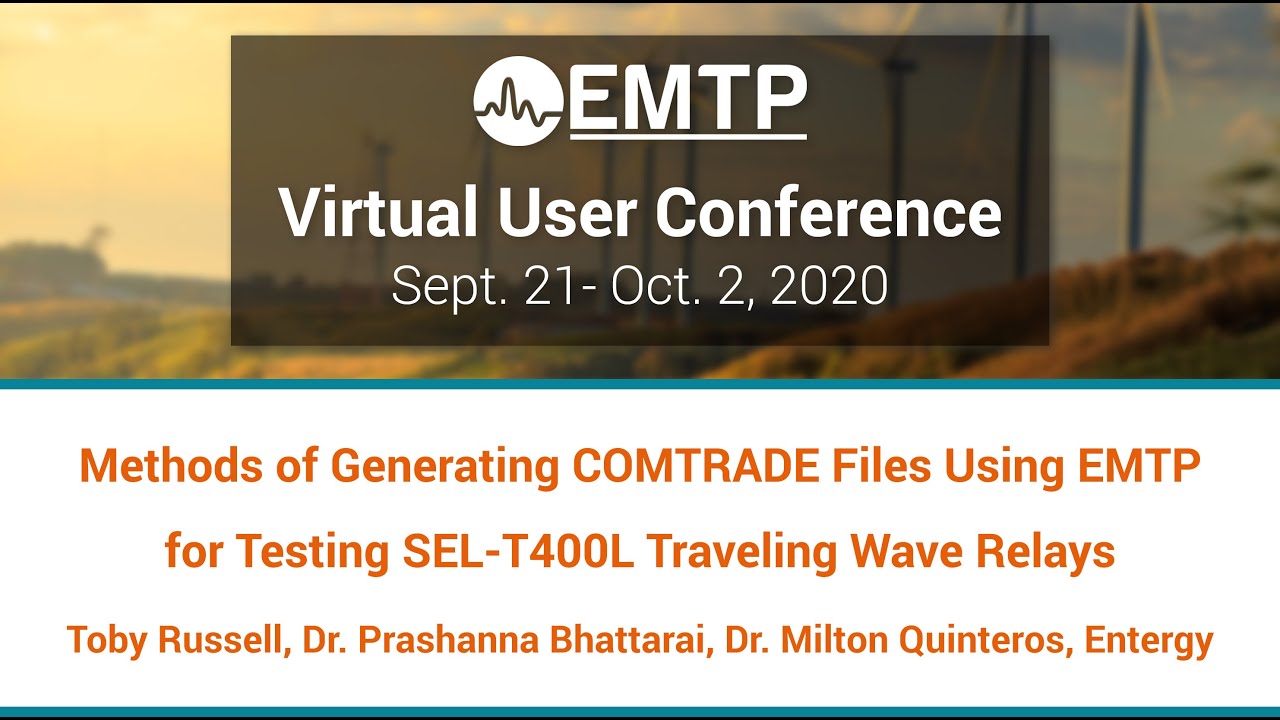
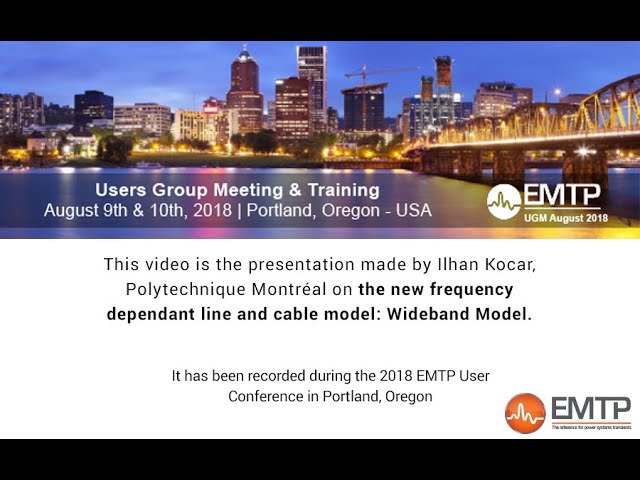
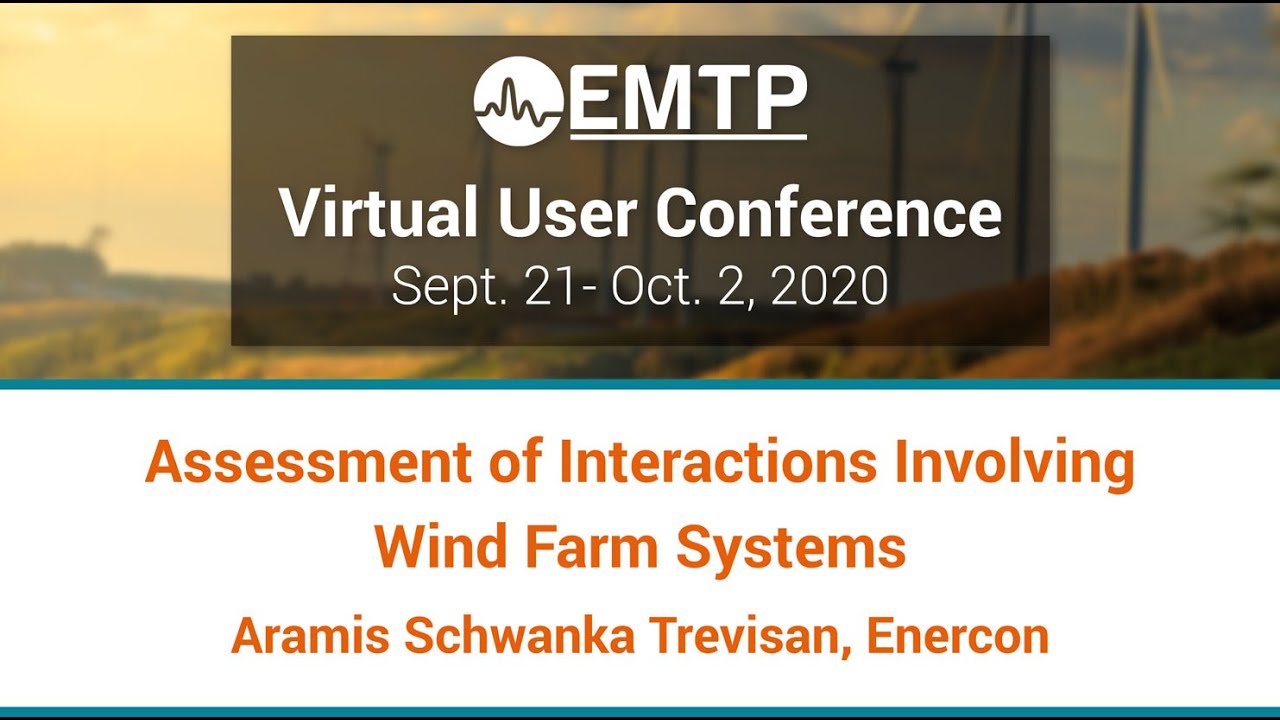
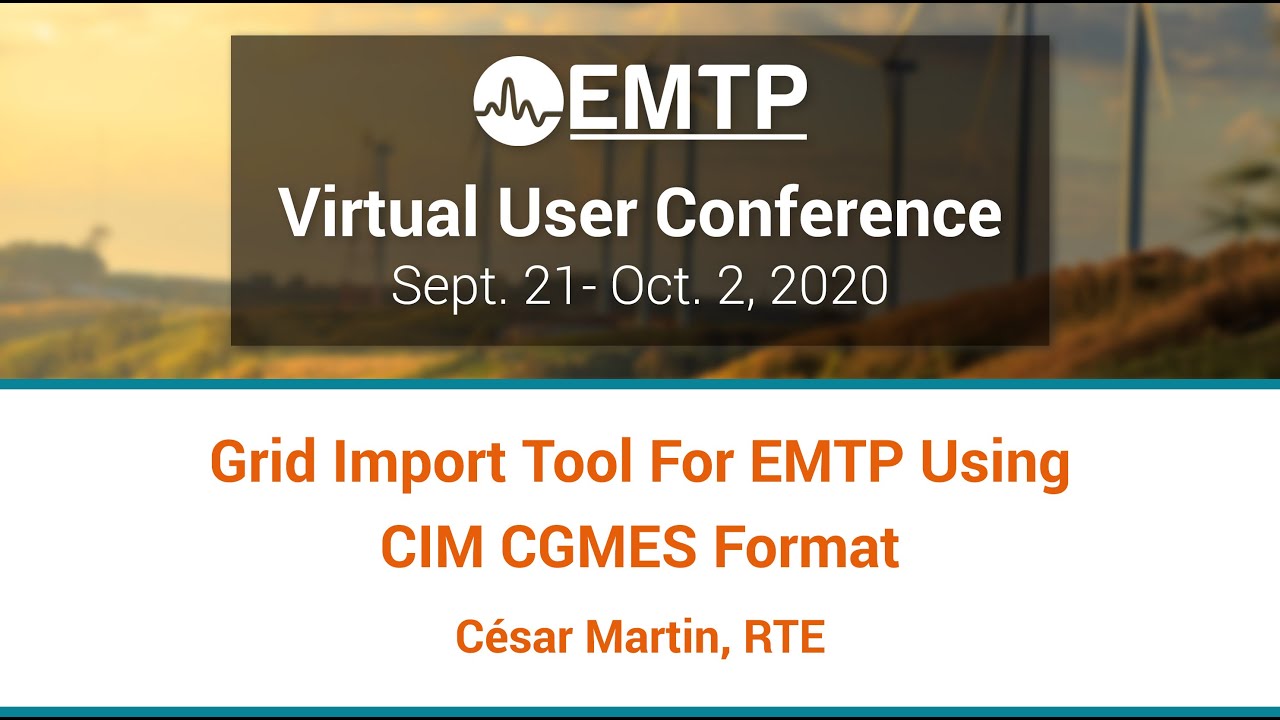
![[R&D]_EMTP : Recherche et développement [R&D]_EMTP : Recherche et développement](https://www.emtp.com/system/files/imagecache/presentation/slide1_1.jpg)
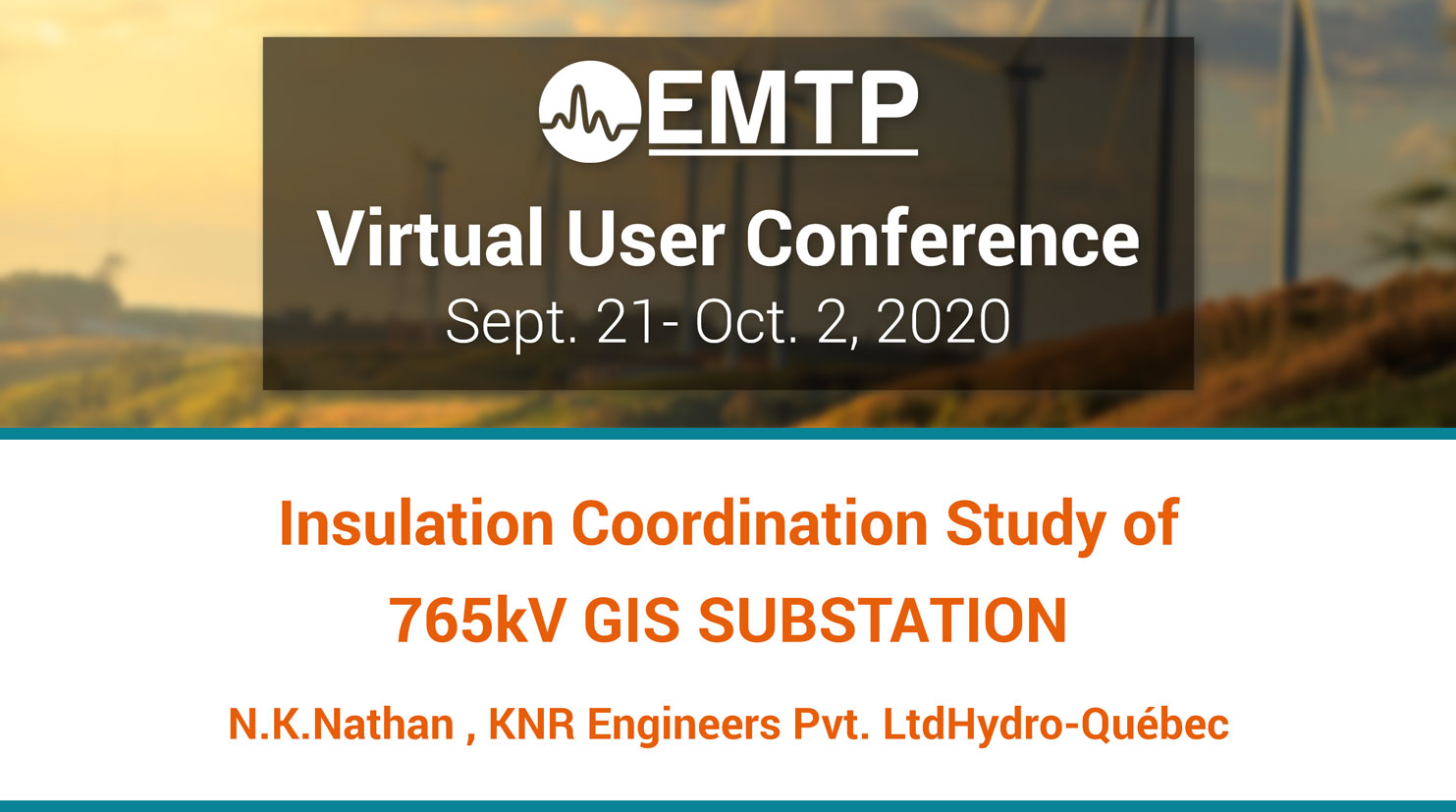
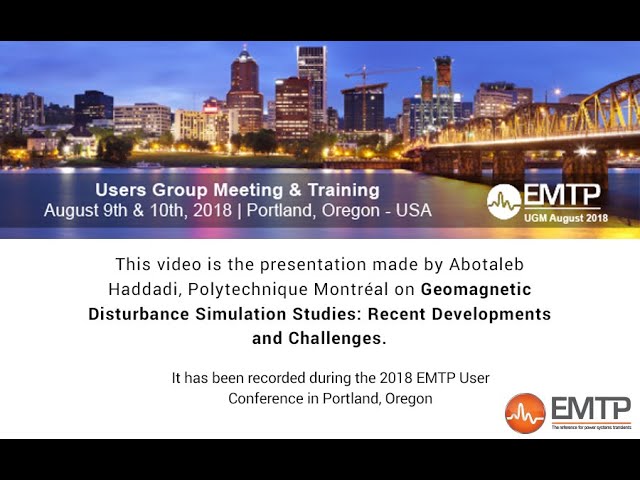
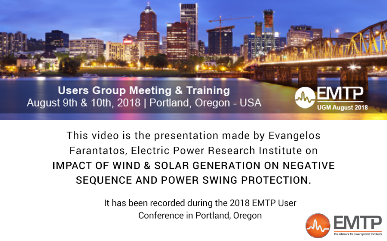
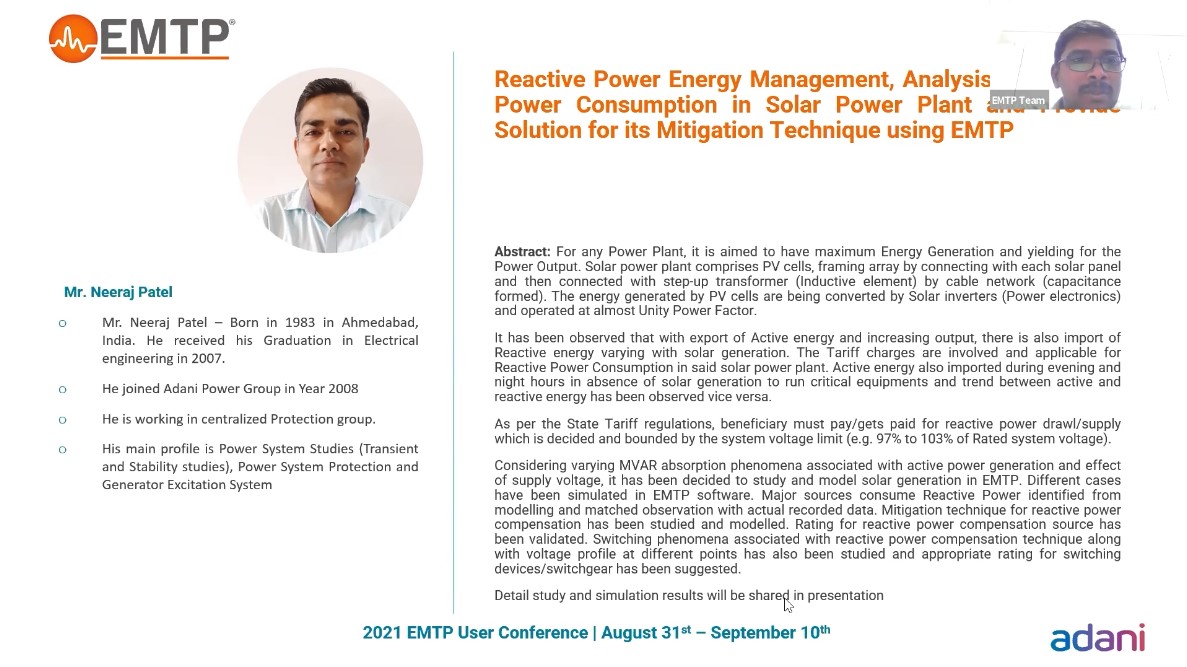
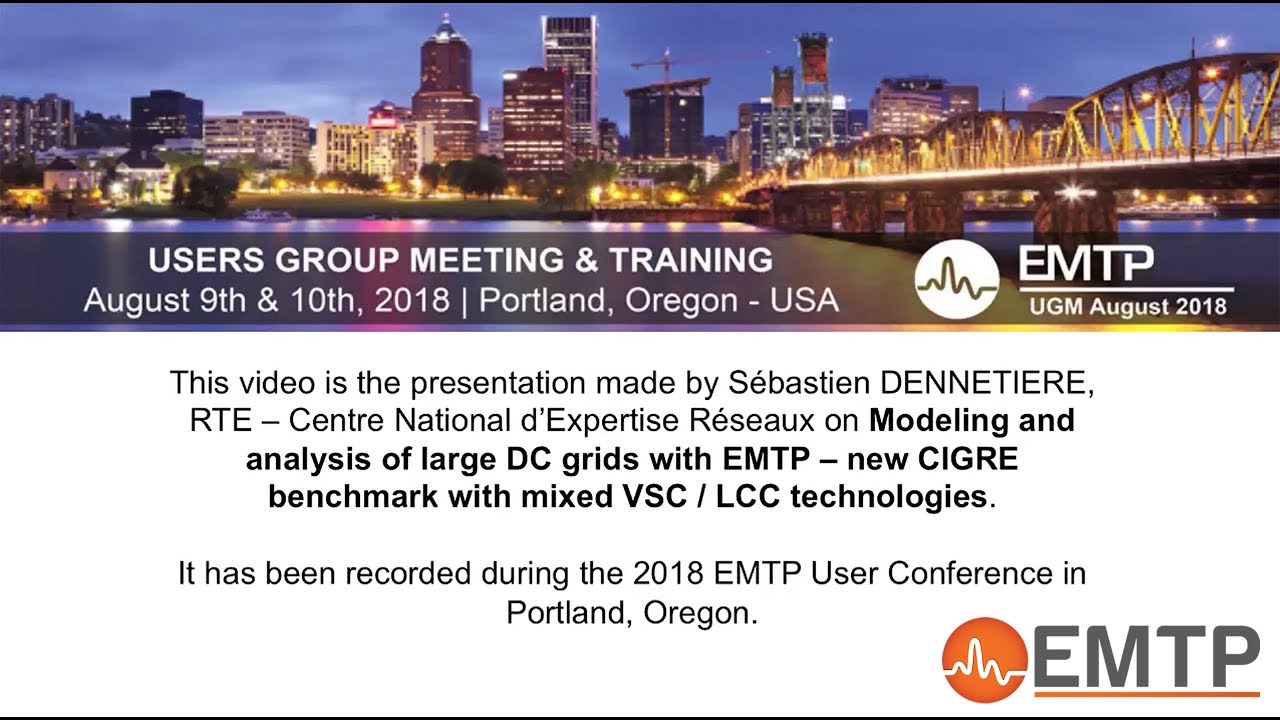
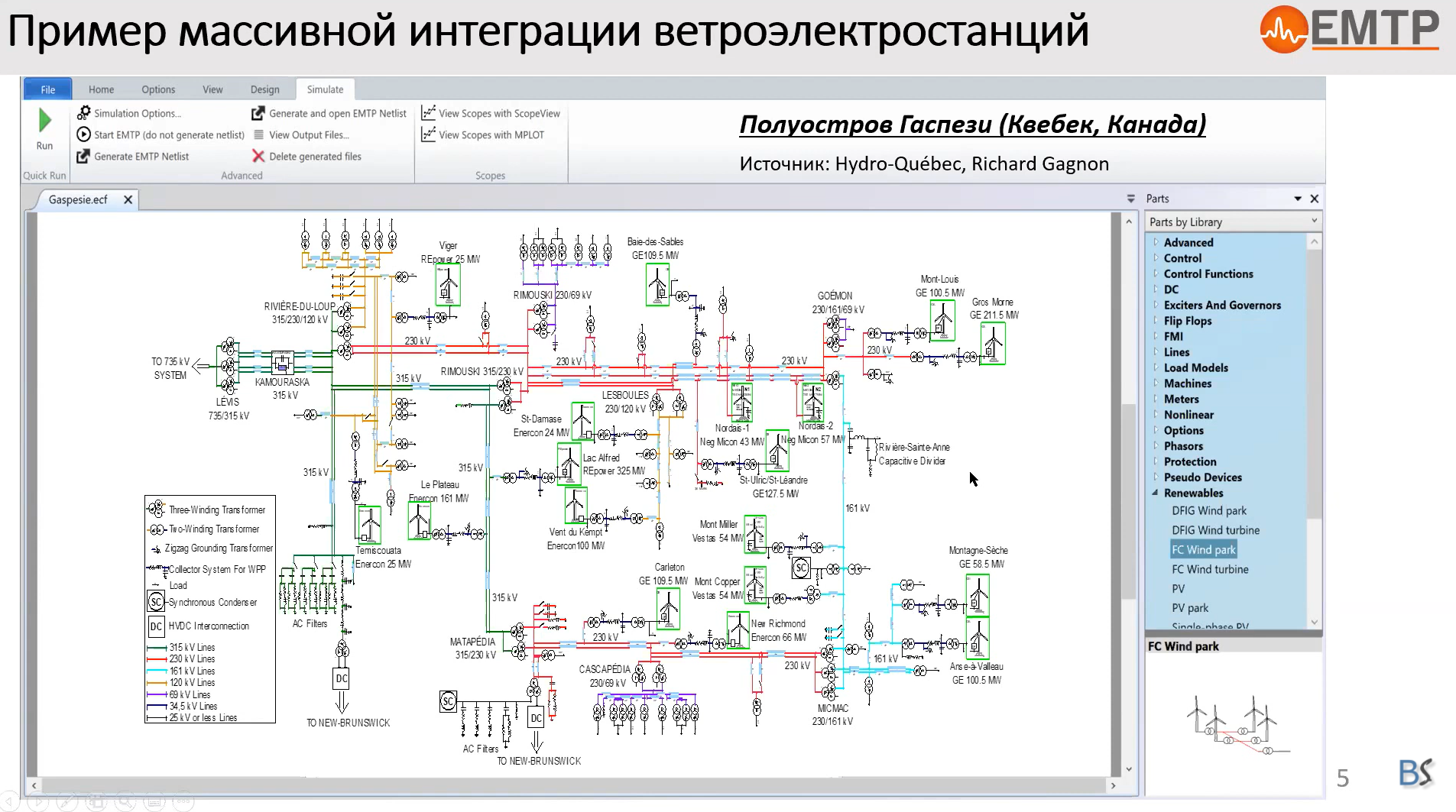
![[Protection_Devices]_Étude des courants coupés par les sectionneurs de changemen [Protection_Devices]_Étude des courants coupés par les sectionneurs de changemen](https://www.emtp.com/system/files/imagecache/presentation/TechnicalPresentation1.jpg)